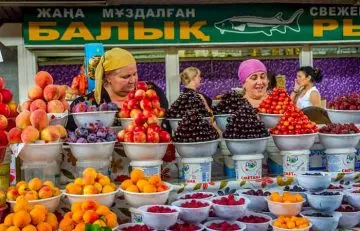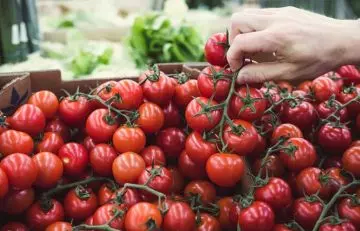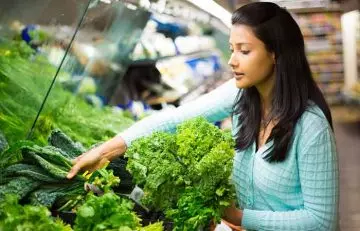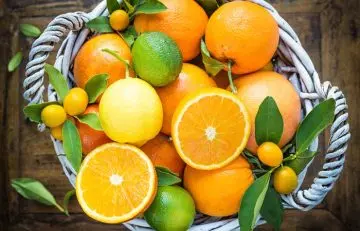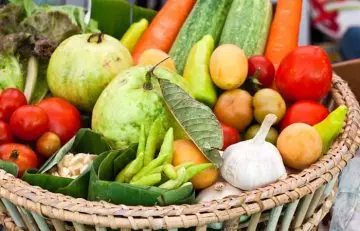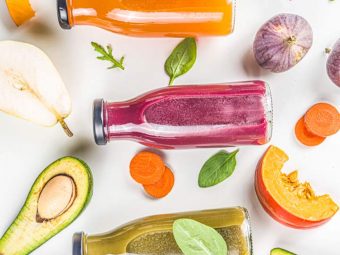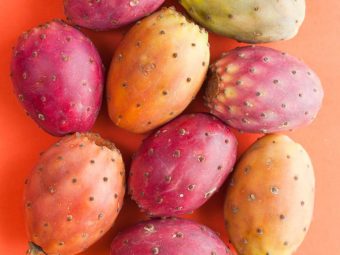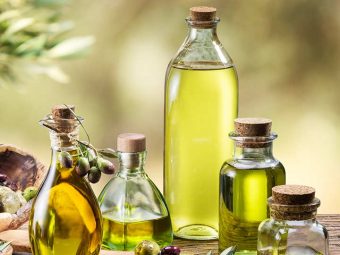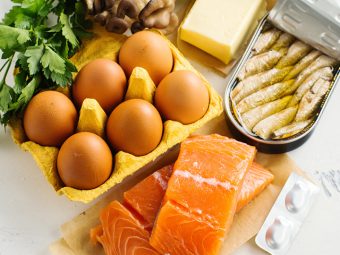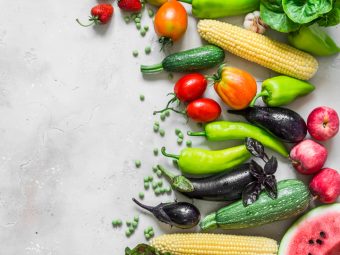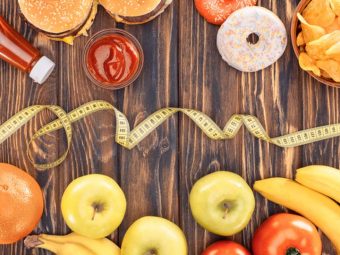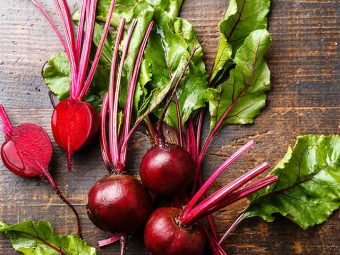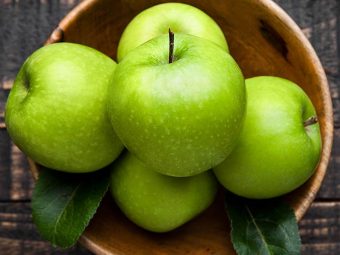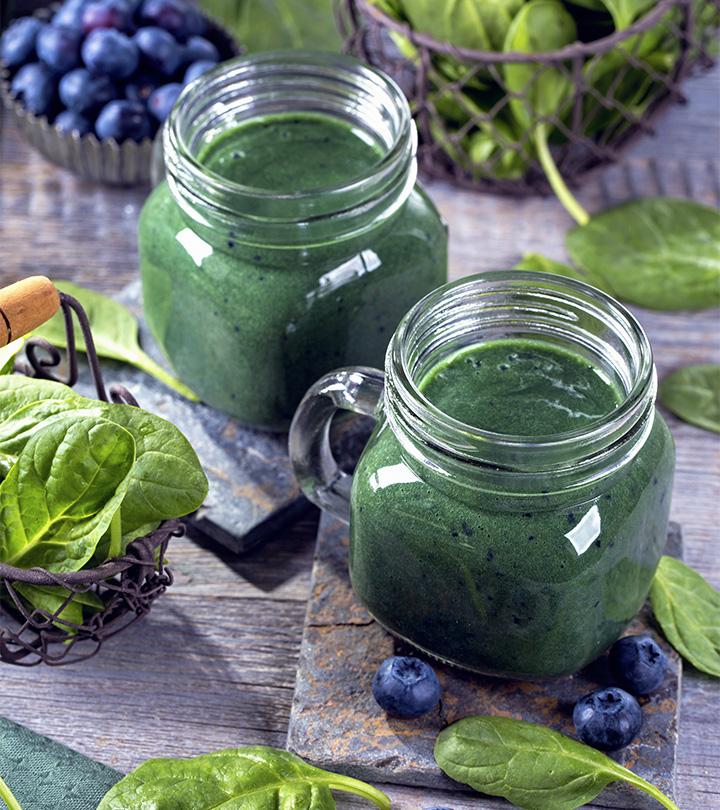The Secret To Selecting Best Fruits and Vegetables
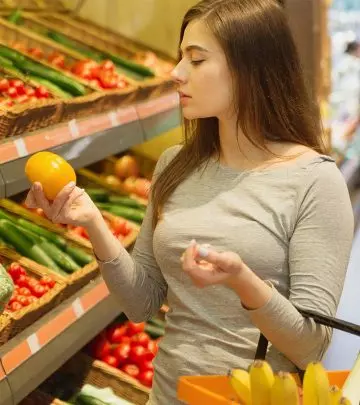
Image: Shutterstock
Have you ever had a bite of a seemingly luscious apple only to find yourself chewing on rotten pulp? The ubiquitous pearl of wisdom that asks us never to judge a book by its cover is proved right time and again. And this time, we are talking about selecting the best produce that doesn’t just look good, but also tastes good.
Amidst the myriad situations in life we tackle every day, buying fruits and vegetables is another tricky task. So, how do we decipher the language of fruits and vegetables to determine their freshness and staleness? If you are new to the world of grocery shopping, it might all seem like Greek and Latin, but honestly, it’s no herculean task. All fruits and vegetables have their own giveaways to freshness and quality. All we need are a few quick tips and tricks to remember before we go bananas over delicious looking produce and fill our grocery bags to glory.
If you are standing in the produce section, breaking your head over what to pick, here’s a cheat sheet that can be your savior:
1. How To Pick Your Melons
Before you squeeze every fruit on the stands to determine if it’s ripe, stop and look around for visible clues like dents, bruises, and other pockmarks (also, the storekeeper might be staring you down). To check for ripeness, press the top of the melon where the stem was/is. If it’s soft, the melon is good to go. Another simple clue is the sweet smell effused by the melon — stronger the smell, the riper it is. When it comes to checking a watermelon for ripeness, tap on it; if it sounds hollow, it is ready to gorge on.
2. Picking Pitted Fruits
Pitted fruits like plums, peaches, apricots, nectarines, and cherries are best when they have rigid and taut skin with an added element of sweet fragrance to lure you in. If the fruit has a slack skin with wrinkles or bruises, you know it’s not a good buy.
3. Know Your Roots
Your roots got to be strong. We are talking about beets, radishes, potatoes, sweet potatoes, yams, parsnips, and carrots. Choose firm pieces with fresh stems or green tops. Avoid wilted leaves, hairy taproots, blemished roots, or bruised skin. These are signs of old produce and it may be woody. Smaller turnips and parsnips are better as they are sweeter and tender. Carrots are best when firm and bright.
4. Don’t Cry Over Onions And Shallots
Onions demand patience. Select the onions one by one and go for firm onions with dry and papery skins. The bulbs should be heavy and firm. More often than not, we find spots and discoloration on the onions, which is a bad find – avoid it.
5. The Tomato Trick
The redder the tomatoes are, the tangier your sauces are. Avoid tomatoes that are too soft and have a rancid smell lingering around. Fresh tomatoes smell earthy at the stem end and feel heavy for their size. As is the case with most produce, say no to wilted skin.
6. Leafy Greens And Green Beans
Make sure the leafy greens are actually green and not yellow. Choose taut, deeply colored leaves. Usually, smaller leaves tend to be much tender. Due to their fragile nature, there might be a couple of tears in the leaves, but on the whole, the leaves should be smooth, green, and crisp. The green beans should give a good snap when you break one and should have no spots or wrinkles. The beans have to be crisp, plump, and firm. Cool beans?
7. When To Go Bananas Over Bananas
If you want to have your banana right away, buy the yellow ones. The greenish color on the banana is a sign that it is yet to ripen. And make sure you pick the ones that are evenly colored. The bananas are best when the peel is soft and has mild spots.
8. How To Choose Your Citrus Fruits
Tangerines, lemons, oranges, grapefruits, and the other citrus fruits are usually fresh when bought in their time of seasons. While picking them up from the racks of a grocery store, make sure they don’t have a blemished skin. Choose citrus fruits which are heavy – they are juicier!
9. Basics Of Berries
Strawberries, blueberries, gooseberries, and all the other berries have one ground rule to check for freshness — firm and without a strong pungent smell. Having their green tops intact indicate they are fresh. Also, look out for plump and bright berries.
10. Potatoes, Peas, And Peppers
We don’t want to sound like a stuck tape recorder, but firmness is important. The potatoes need to be firm and without bruises, green buds, or sprouts. The peas have to be crisp and green. Any dryness or bulging are red flags. When it comes to peppers, they have to be shiny and bright.
Remember, the key is to use all your senses. Sniff, touch, feel, and gauge the freshness of the fruits and vegetables.
So, now that you’re aware of the cardinal produce-buying tips, do you have any to add to this cheat sheet? Tell us what hacks you swear by in the comments below!



